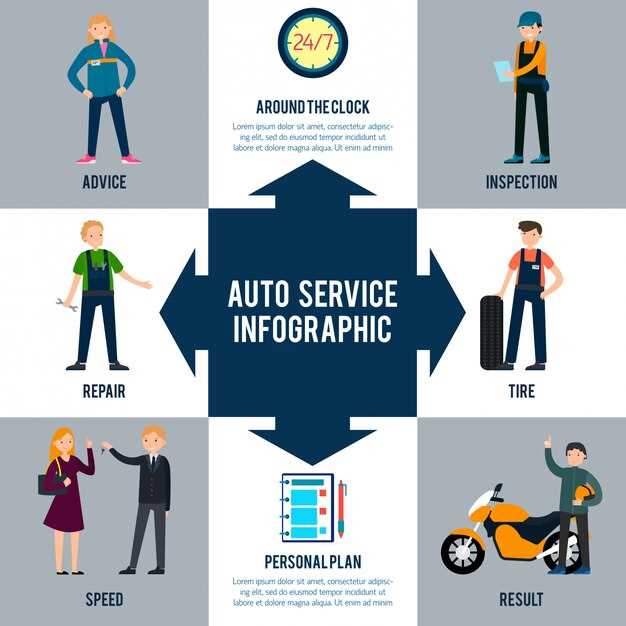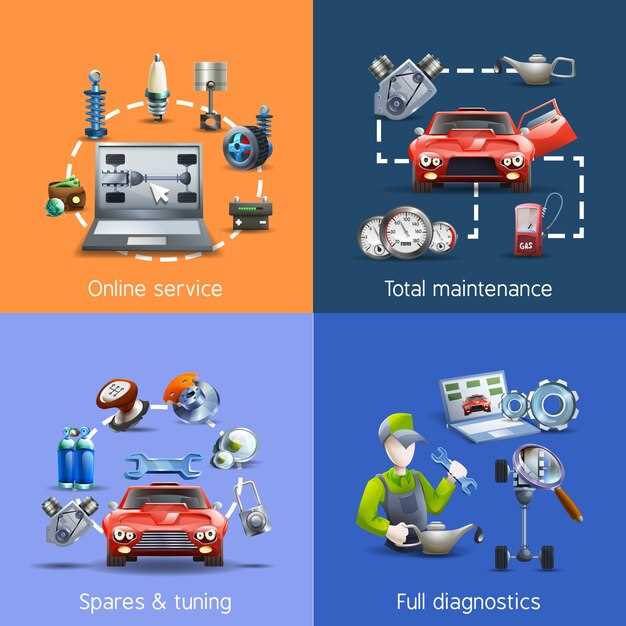Essential car parts every driver should know

Understanding the basics of your vehicle is essential for every driver. Familiarizing yourself with the key auto parts can enhance your driving experience and improve your car’s performance. Knowing how these components function not only aids in regular maintenance but also helps you identify potential issues before they escalate into costly repairs.
In this article, we will explore the crucial parts of your vehicle that every driver should be aware of. From the engine to the brakes, we will provide an overview of each component’s role within the overall system of the car. This knowledge will empower you to make informed decisions regarding maintenance and repairs, ensuring your safety on the road.
Equipping yourself with a solid understanding of these auto parts lays a foundation for smart car ownership. Whether you are a seasoned driver or a newcomer behind the wheel, grasping the basics of your vehicle’s anatomy can save you time, money, and frustration in the long run. Join us as we delve into the essential components that keep your car running smoothly.
Understanding Engine Components: What Drives Your Vehicle
The engine is the heart of any auto, and understanding its components is essential for every driver. There are several key parts that work together to ensure your car operates efficiently. Each component has a specific function that contributes to the overall performance of the vehicle.
One of the most important parts is the piston. It moves up and down within the cylinder, compressing the air-fuel mixture before ignition. This process creates the power necessary to turn the crankshaft, which ultimately drives the wheels. The crankshaft itself converts the linear motion of the pistons into rotational motion, providing the necessary torque for your car.
The camshaft is another vital component that controls the opening and closing of the engine’s valves. These valves allow air into the combustion chamber and exhaust gases out. A well-timed camshaft ensures optimal engine performance, fuel efficiency, and emission control.
Additionally, the fuel injector plays a crucial role in delivering the right amount of fuel into the combustion chamber. This precision is necessary for efficient combustion and helps maintain power output while minimizing emissions.
The cooling system, which includes the radiator and water pump, is also essential for preventing the engine from overheating. By circulating coolant, this system maintains optimal engine temperature, which is crucial for performance and longevity.
Lastly, the electrical components, including the battery and starter, are vital for igniting the engine and powering various systems within the vehicle. Understanding these essential parts can help drivers recognize symptoms of potential issues, leading to timely maintenance and repairs.
Familiarity with engine components empowers drivers, enhancing their knowledge and confidence in managing their vehicle’s maintenance and performance.
The Role of the Transmission: How Power Gets to the Wheels

The transmission is a crucial component of any auto, serving as the bridge between the engine and the wheels. Its primary function is to transfer power generated by the engine to the drivetrain, enabling the vehicle to move. Understanding the basics of how a transmission works is essential for every driver.
There are two main types of transmissions: manual and automatic. A manual transmission requires the driver to engage the gears manually, allowing for greater control over power delivery. On the other hand, an automatic transmission shifts gears on its own based on the vehicle’s speed and engine load, providing a simpler driving experience.
Inside the transmission, different gear ratios play a vital role. Lower gears provide more torque for acceleration, while higher gears enable fuel efficiency during cruising. The transmission allows the engine to operate within its optimal power band, enhancing performance and minimizing wear and tear on engine parts.
Another essential function of the transmission is to control the vehicle’s speed and power output. By adjusting gear ratios, the transmission ensures that the wheels receive the appropriate amount of power for different driving conditions, whether accelerating, climbing hills, or cruising on the highway.
Regular maintenance of the transmission is important for longevity and performance. Drivers should familiarize themselves with the warning signs of transmission issues, such as slipping gears or unusual noises, to address potential problems early. Understanding the role of the transmission in the overall system of auto parts can help drivers appreciate its importance in vehicle operation.
Braking System Essentials: Ensuring Your Safety on the Road

The braking system of your car is a critical component that directly impacts your safety while driving. Understanding the basics of this system can help ensure optimal performance and prevent accidents. The primary function of the braking system is to slow down or stop the vehicle when needed, making it essential for every driver to be familiar with its key parts.
At the core of the system are the brake pads, which create friction against the brake rotors when you press the pedal. This friction is what slows your auto down. Regularly checking the thickness of your brake pads can help you identify when they need replacement. Worn-out pads can lead to decreased braking efficiency and increased stopping distances, which can be dangerous.
Another essential component is the brake fluid, which transmits force from your foot on the pedal to the brake components. Maintaining proper fluid levels and ensuring it is free from contamination is vital. Low or dirty brake fluid can significantly impair braking performance, leading to possible failure.
The brake calipers are responsible for squeezing the brake pads against the rotors. Over time, they can wear out or become stuck, which affects the car’s ability to stop quickly. Regular inspections can help catch these issues before they become serious problems.
Lastly, understanding the importance of the anti-lock braking system (ABS) can enhance your driving safety. ABS prevents the wheels from locking up during hard braking, allowing for better control and stability. Familiarizing yourself with how ABS functions can improve your reaction in emergency situations.
In summary, being informed about your car’s braking system, including brake pads, fluid, calipers, and ABS, can greatly contribute to your safety on the road. Regular maintenance and timely replacements are essential practices that every driver should prioritize to ensure a secure driving experience.

